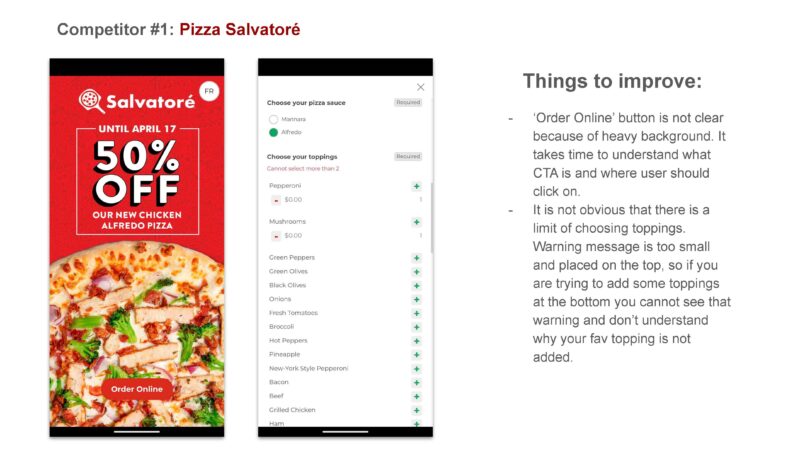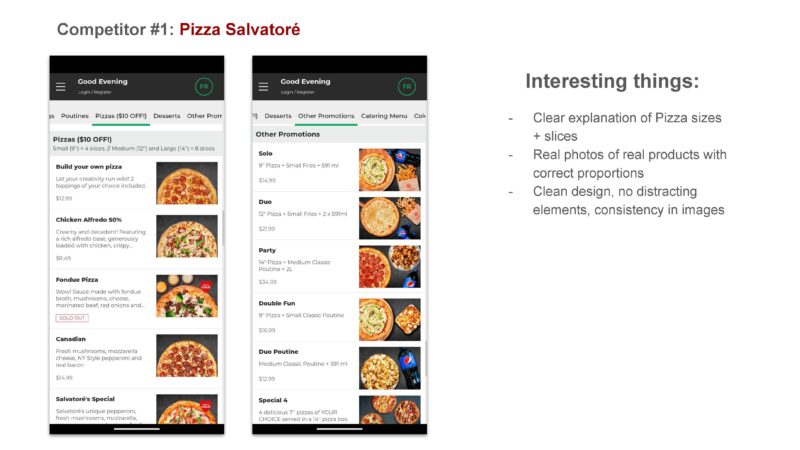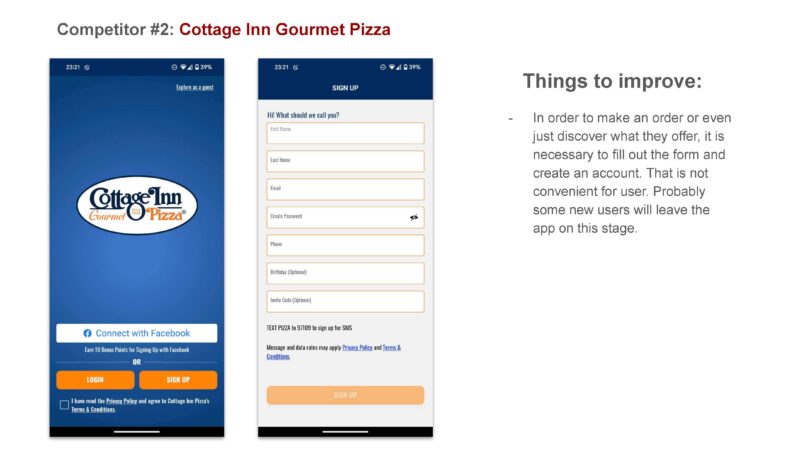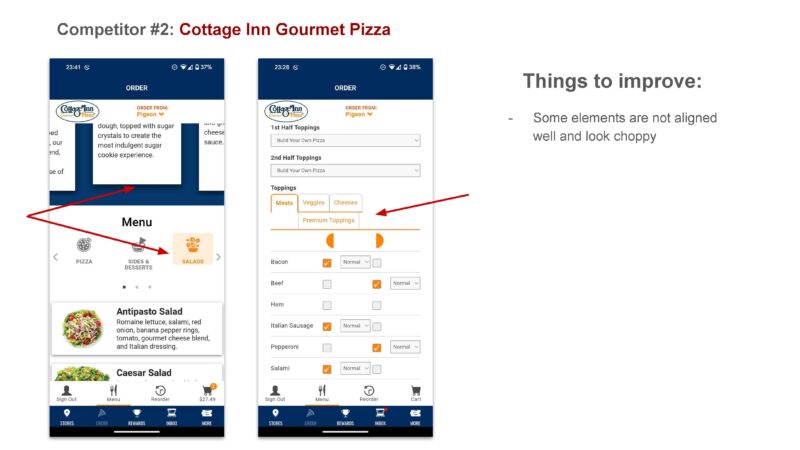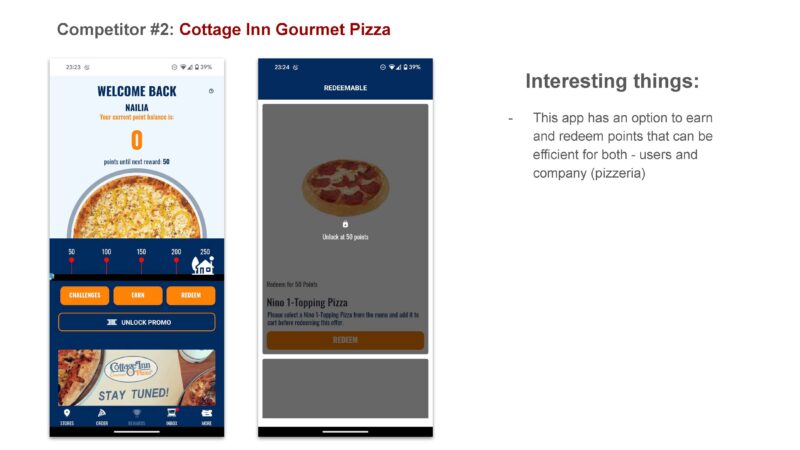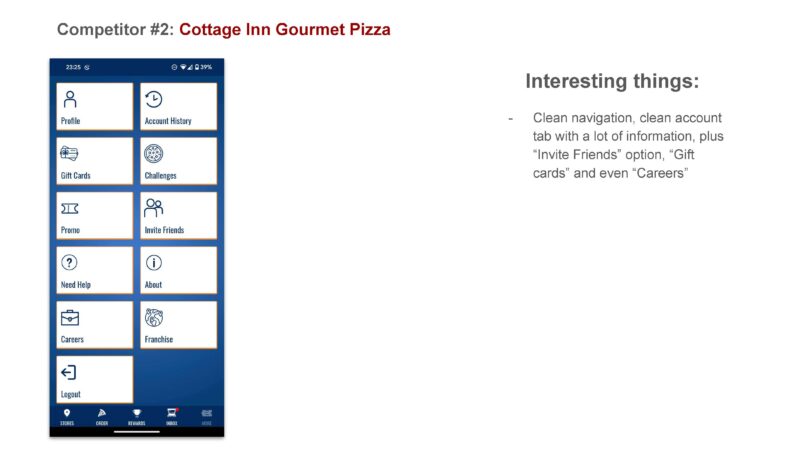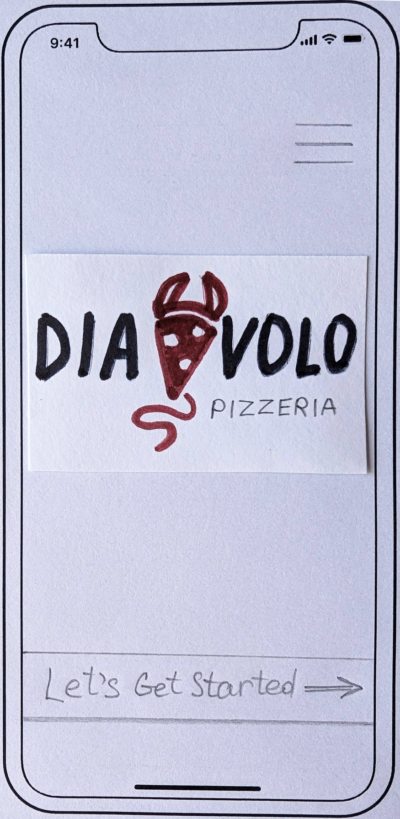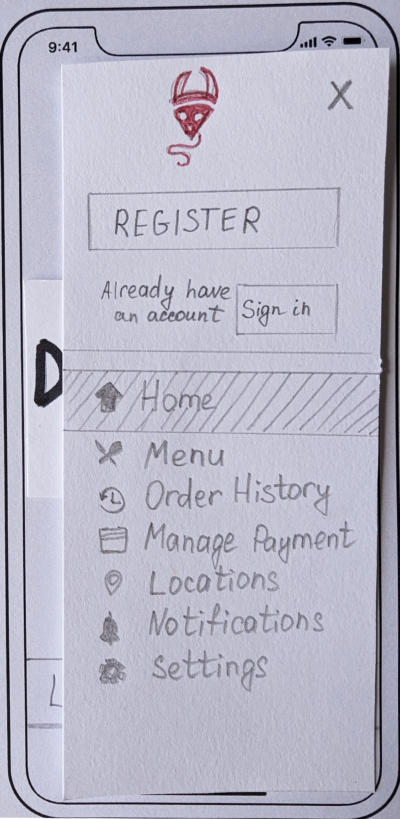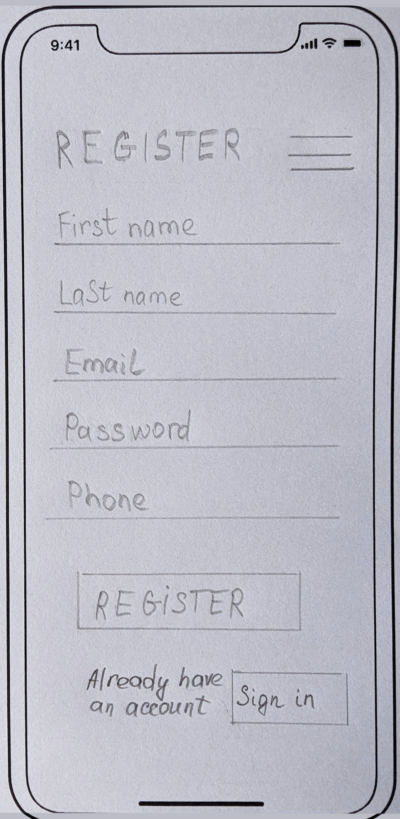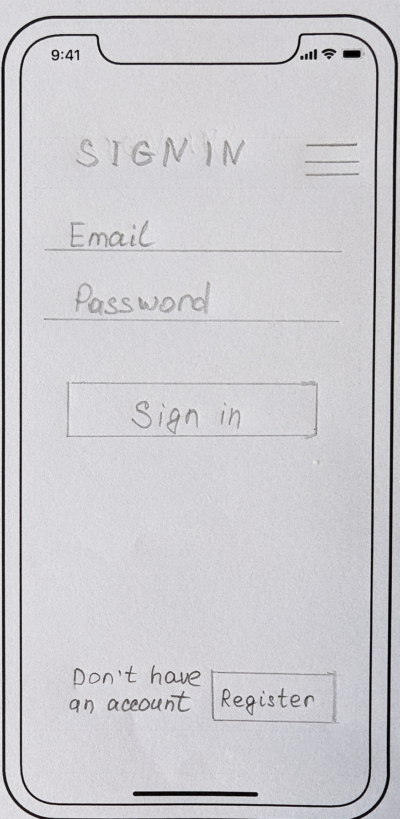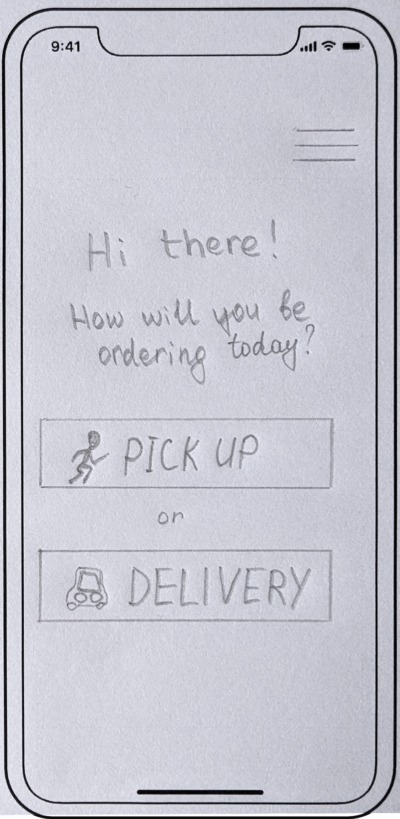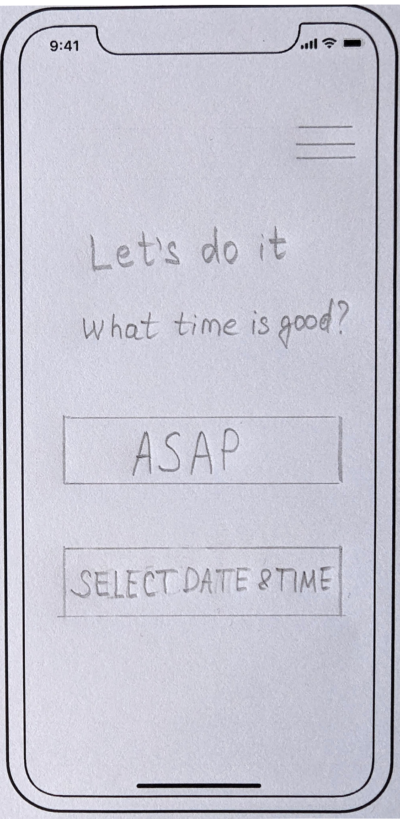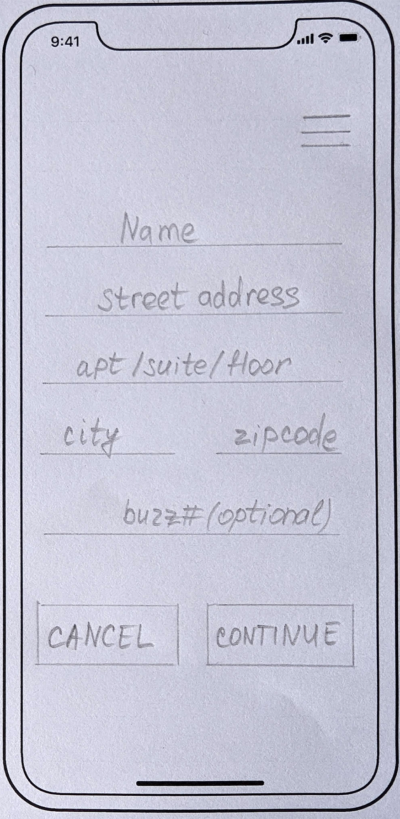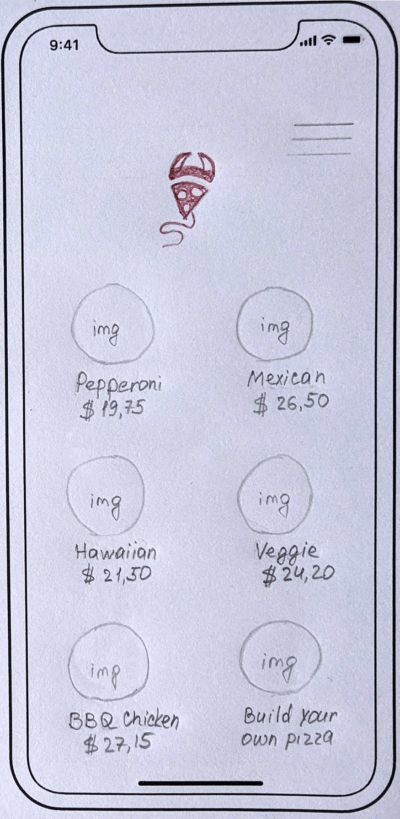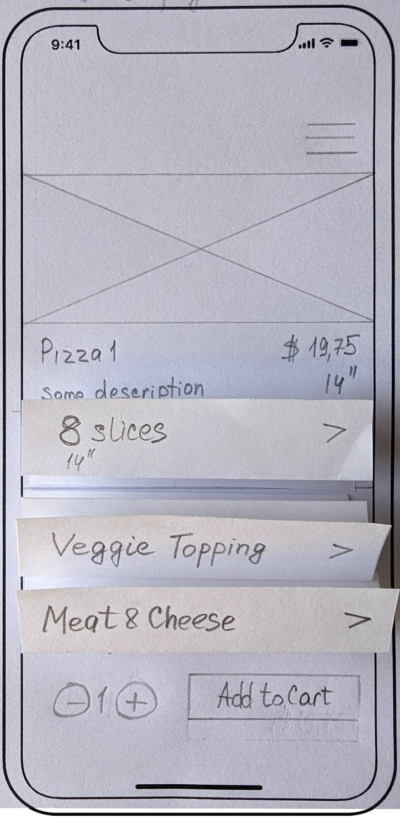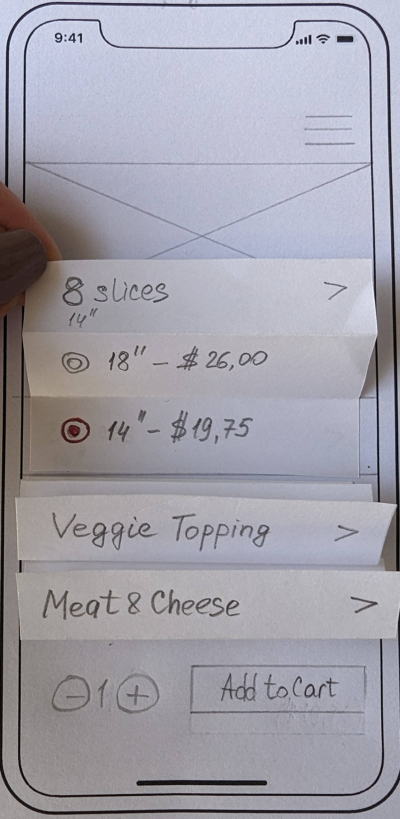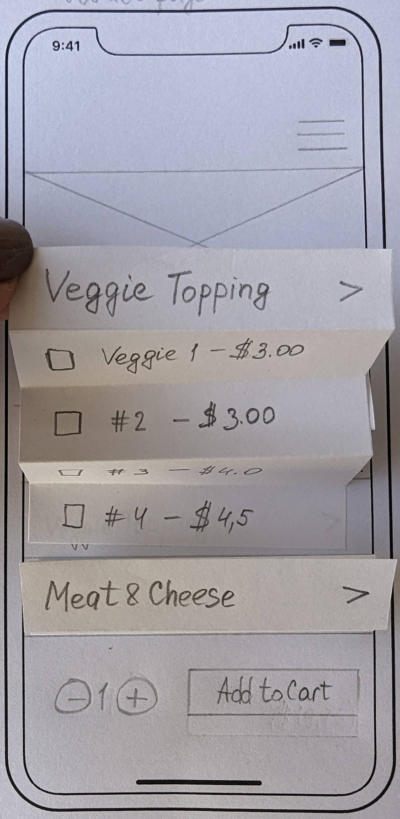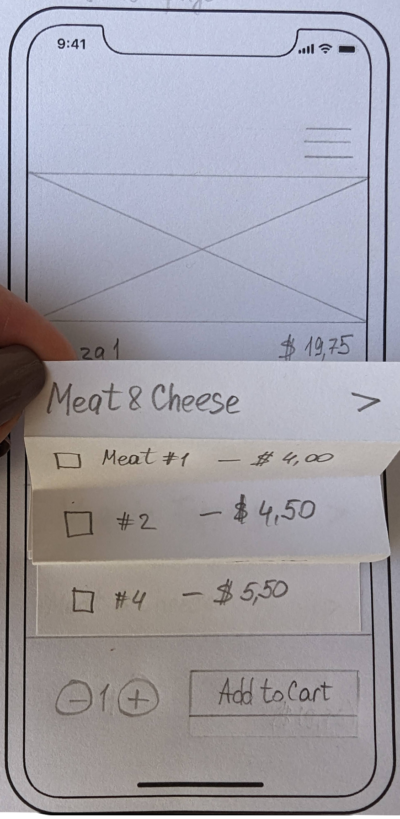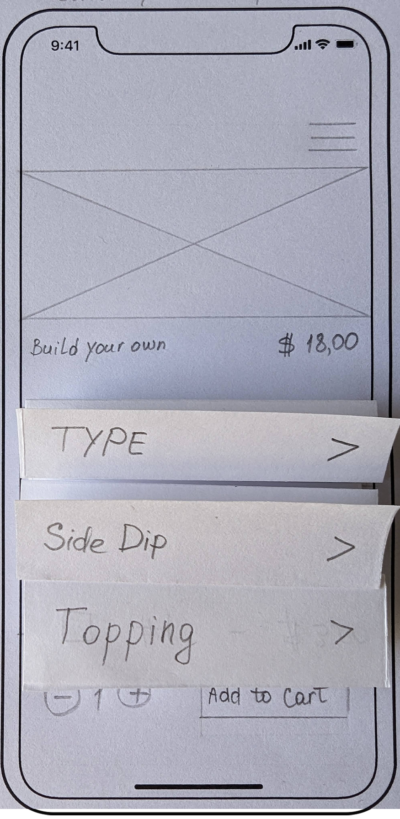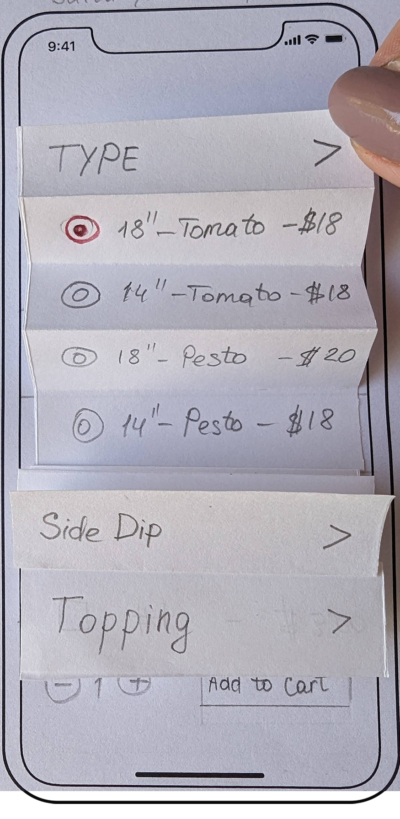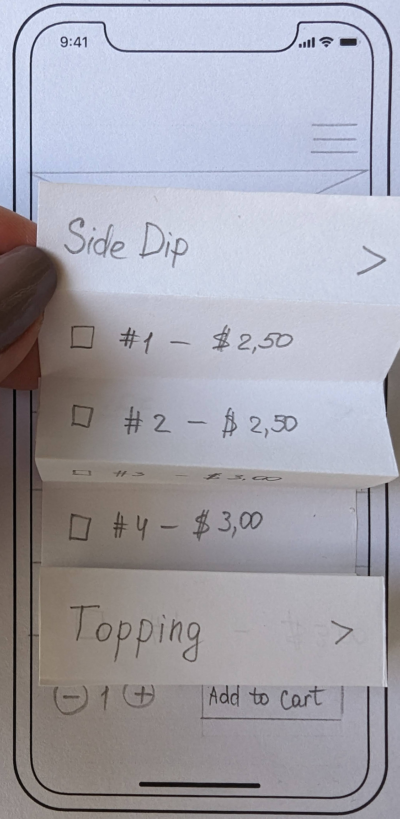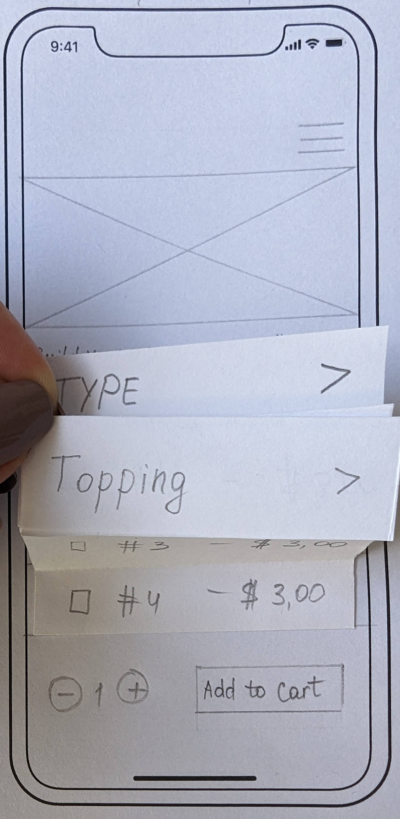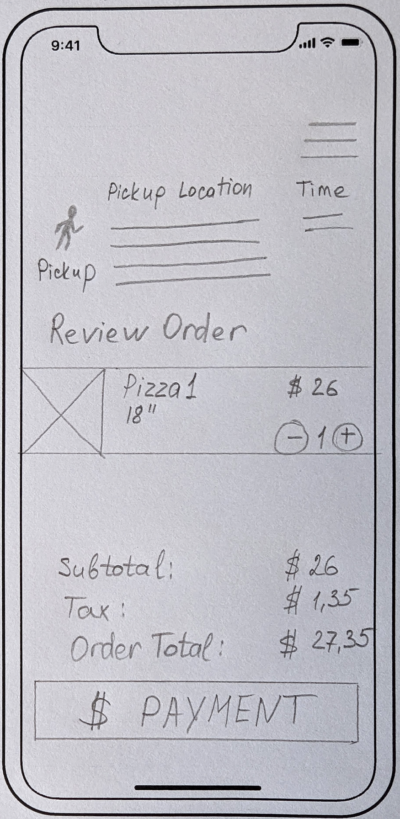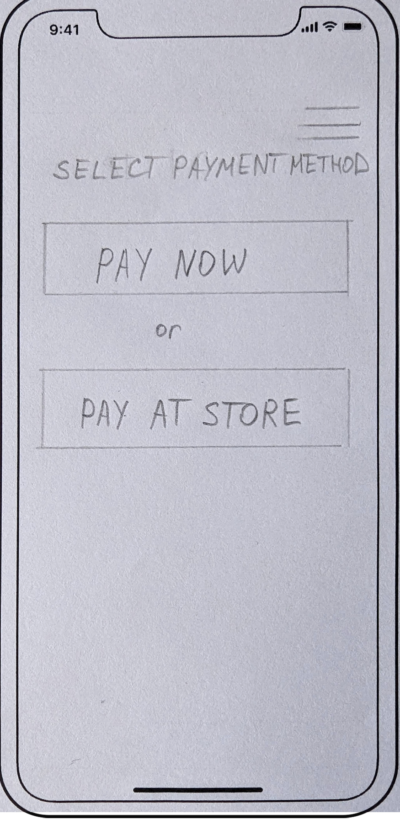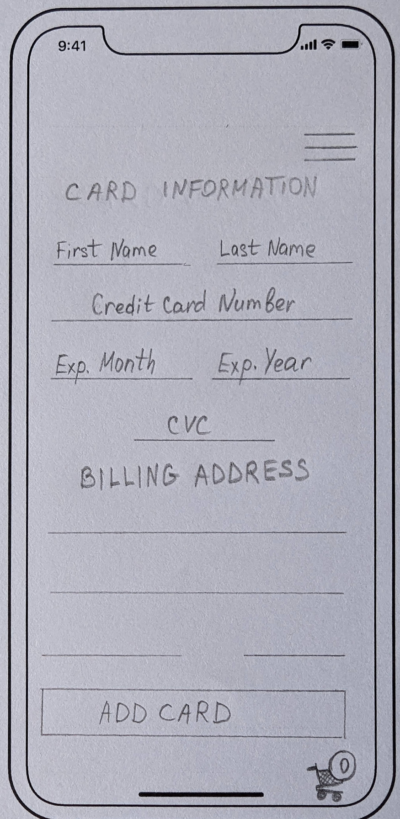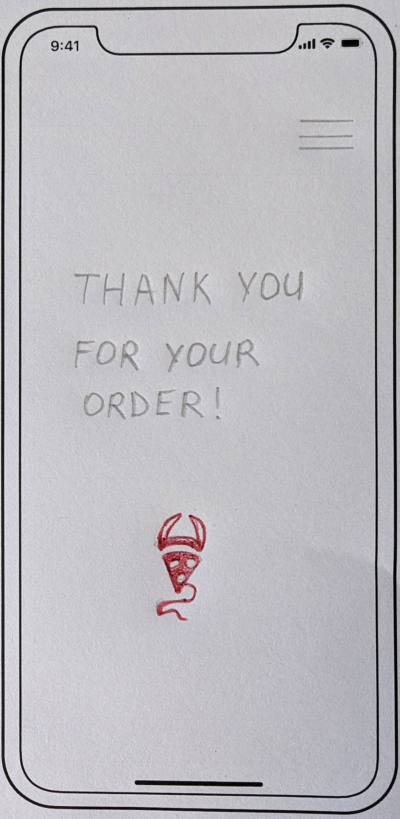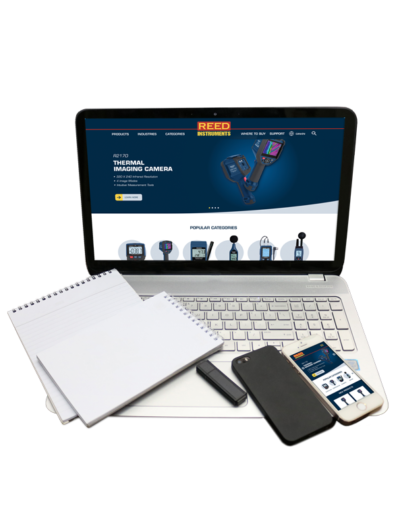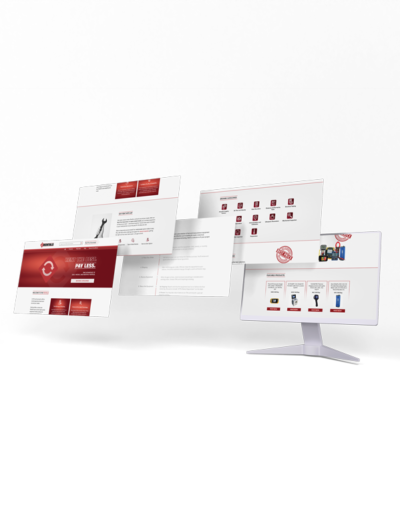Project Description
Case Study
Pizzeria Diavolo
Pizzeria Diavolo, is a unique pizzeria that allows its customers to customize their pizza in any which way. Yes, even pineapple is acceptable at Pizzeria Diavolo. The owner of Pizzeria Diavolo is looking to expand their reach and wants to create a pizza application that will allow their customers to order customized pizzas quickly and efficiently.
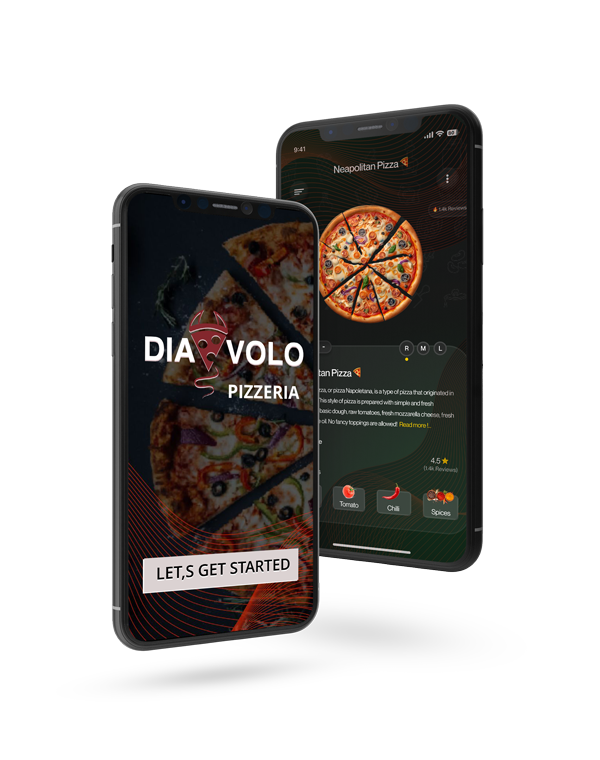
Type
Individual project completed during the Concordia University UX Design course. The purpose of this project is to help you explore UX methodologies and apply UX design thinking principles by creating own pizza application.
Overview
The project involved creating a pizza application that would enable users to order customized pizzas quickly and efficiently. This project aimed to help us develop skills in conducting research, creating personas, journey maps, storyboards, and applying design-thinking methodologies. My goal was to create a user-friendly application that allows users to order a customized pizza in under three minutes, focusing on ease of use for busy individuals such as parents, businesspeople, and anyone looking for a quick meal solution. The project required thorough documentation, including paper wireframes, and culminated in a presentation to the client.
Problem
Pizzeria Diavolo is looking to expand its reach by creating a pizza application that allows customers to customize and order pizzas quickly and efficiently. The owner dislikes how most pizza chains, especially larger ones like Pizza Hut and Domino’s, inundate their customers with too many choices and an overemphasis on coupons. Pizzeria Diavolo’s menu is simple, featuring only six standard pizzas. Hyper-customization isn’t a priority for the restaurant, and any addition of extra items must be done with extreme care. However, without a dedicated app, the process is time-consuming and inconvenient, especially for busy individuals like parents pacifying hungry children, businesspeople ordering for meetings, or anyone needing a quick meal after a long day. The challenge is to design an app that minimizes these pain points, ensuring that users can easily navigate, customize, and order their pizzas within three minutes.
The deliverable was not to design a full app but rather propose some wireframes to the owner of the restaurant and his cousin who was going to be the one designing the app based on your recommendations and concepts. My main job was to create paper wireframes, so focus more on the interactions and user validation. Even though it’s just on paper, I had to make sure to include enough detail for things to be readable and understandable.
Solution
To address these issues, I proposed a streamlined pizza application that prioritizes simplicity and speed. The app features an intuitive interface that allows users to quickly browse and customize pizzas without being overwhelmed by too many choices or excessive promotional content.
Key features include a straightforward customization process, a clear and organized layout, and a minimalistic design that highlights essential actions and information. The solution is designed to meet the needs of busy individuals, allowing them to place their orders efficiently while maintaining the unique appeal of Pizzeria Diavolo’s customizable offerings. Through meticulous research, paper wireframes, and iterative design, the final app concept promises to deliver a seamless and satisfying user experience.

Research Findings
I picked Pizza Salvatore and Cottage Inn Gourmet Pizza as main competitors because they are not big food chains, similar to Pizzeria Diavolo, and they focus on providing a quality, gourmet pizza experience. Both competitors offer valuable insights into balancing quality with usability, which can inform our app design.
Pizza Salvatore
Pizza Salvatore is known for its gourmet pizza options and a strong emphasis on quality ingredients. The app interface is designed to reflect this premium positioning, with a clean and aesthetically pleasing layout. The customization options, while available, are not as extensive as larger chains like Pizza Hut or Domino’s, aligning with their focus on curated, high-quality offerings. Promotions and deals are less intrusive, which helps maintain a more streamlined user experience. However, this minimalist approach may limit the appeal for users looking for extensive customization or frequent deals. Additionally, Pizza Salvatore’s app could benefit from improved navigation and a more intuitive user flow to enhance the overall user experience.
Cottage Inn Gourmet Pizza
Cottage Inn Gourmet Pizza combines gourmet quality with a user-friendly app experience. Their app offers a balance between customization options and ease of use, making it accessible for both first-time users and regular customers. The interface is straightforward, with clear navigation and minimal clutter, allowing users to focus on their order. Cottage Inn also incorporates features such as loyalty rewards and special offers, which are integrated seamlessly into the app without overwhelming the user. However, while the app is functional, there is room for improvement in terms of visual appeal and advanced features like real-time order tracking or personalized recommendations.
Comparison with Pizzeria Diavolo
Both Pizza Salvatore and Cottage Inn Gourmet Pizza provide valuable insights into balancing quality with usability. Pizza Salvatore’s emphasis on a streamlined, high-quality experience aligns well with Pizzeria Diavolo’s goal of offering a simple, curated menu. Cottage Inn’s effective integration of customization options and promotional features without cluttering the interface serves as a useful model for maintaining usability while adding value to the user experience. For Pizzeria Diavolo, the challenge lies in creating an app that merges these strengths: offering a straightforward, aesthetically pleasing interface with just enough customization and promotional features to engage users without overwhelming them. This balanced approach can help Pizzeria Diavolo stand out in a competitive market by providing a seamless and satisfying user experience.
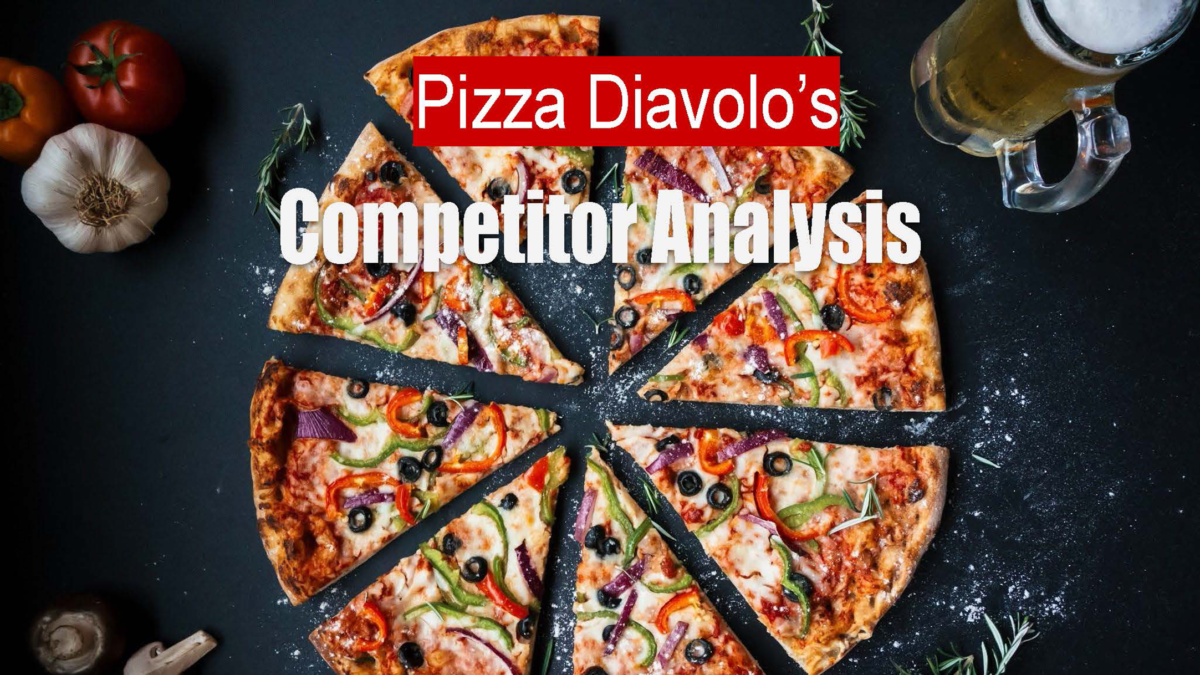
Ideation
The ideation phase was crucial in conceptualizing a user-friendly and efficient app for Pizzeria Diavolo. I began by brainstorming various features and layouts that would meet the needs of my target users. This involved considering the pain points identified in the problem statement, such as the time-consuming and inconvenient process of ordering pizzas without a dedicated app. Collaborative workshops were conducted to generate ideas, sketch preliminary designs, and discuss potential solutions.
To visualize and refine these ideas, I developed a User Flow and Journey Map. The User Flow outlines the steps a user takes from opening the app to completing an order, ensuring a logical and intuitive progression through the app. Key steps include browsing the menu, selecting and customizing a pizza, adding it to the cart, and completing the checkout process. This flow was designed to minimize the time and effort required for each action, ensuring a seamless experience.
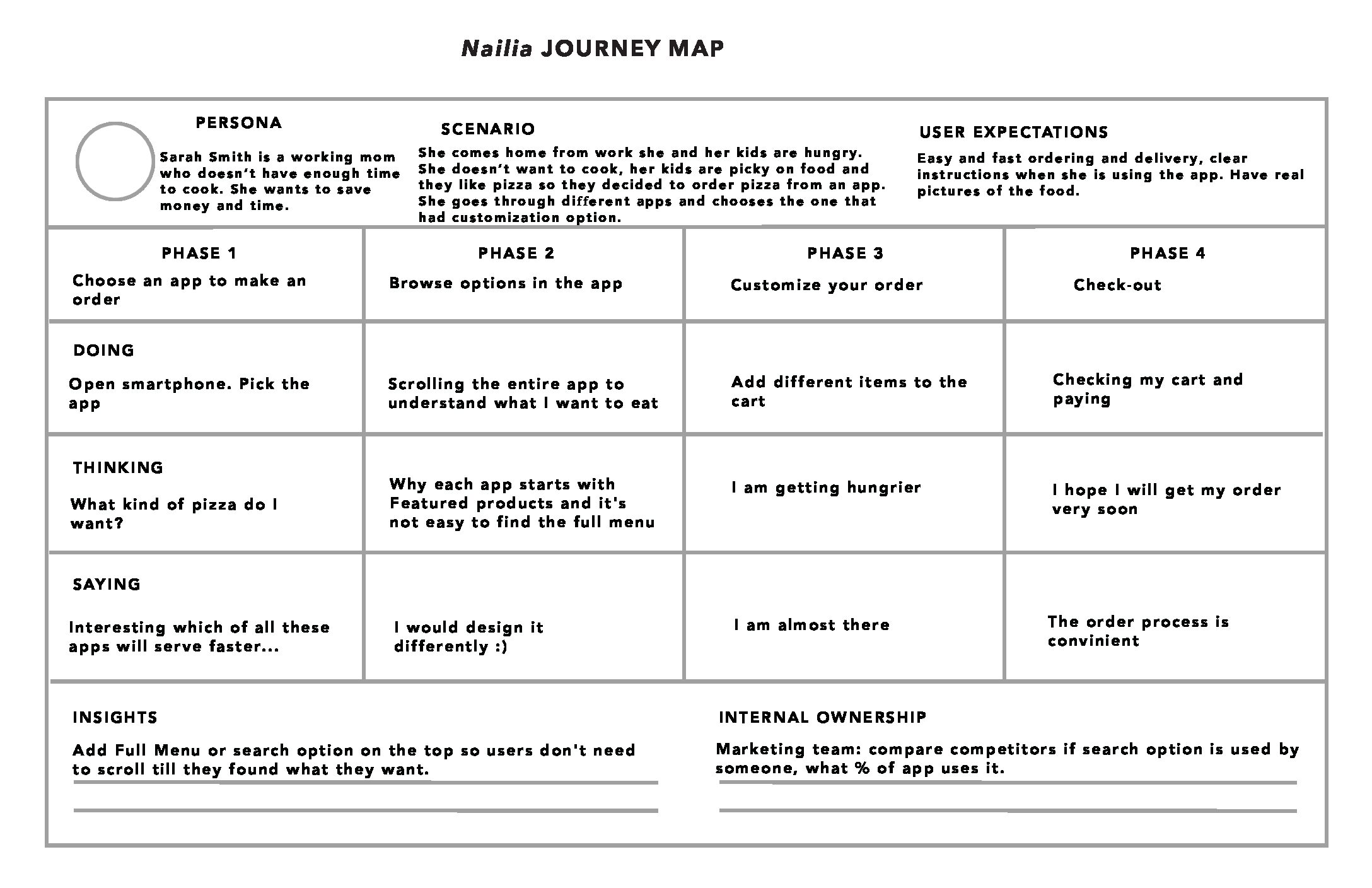
One of the key scenarios depicted in the storyboard involves our persona returning home after a long day at work, only to realize there are not enough ingredients in the fridge to cook dinner. The user quickly opens the Pizzeria Diavolo app, effortlessly navigates the simple menu, customizes a pizza with a few preferred toppings, and places an order within three minutes. The user is then able to relax, knowing that a delicious meal is on its way without any hassle.
Through this ideation process, I focused on creating a design that is not only functional but also delightful and stress-free for the user. The insights gained from the User Flow and Journey Map guided our design decisions, ensuring that every feature and interaction was aligned with the needs and expectations of our target users.
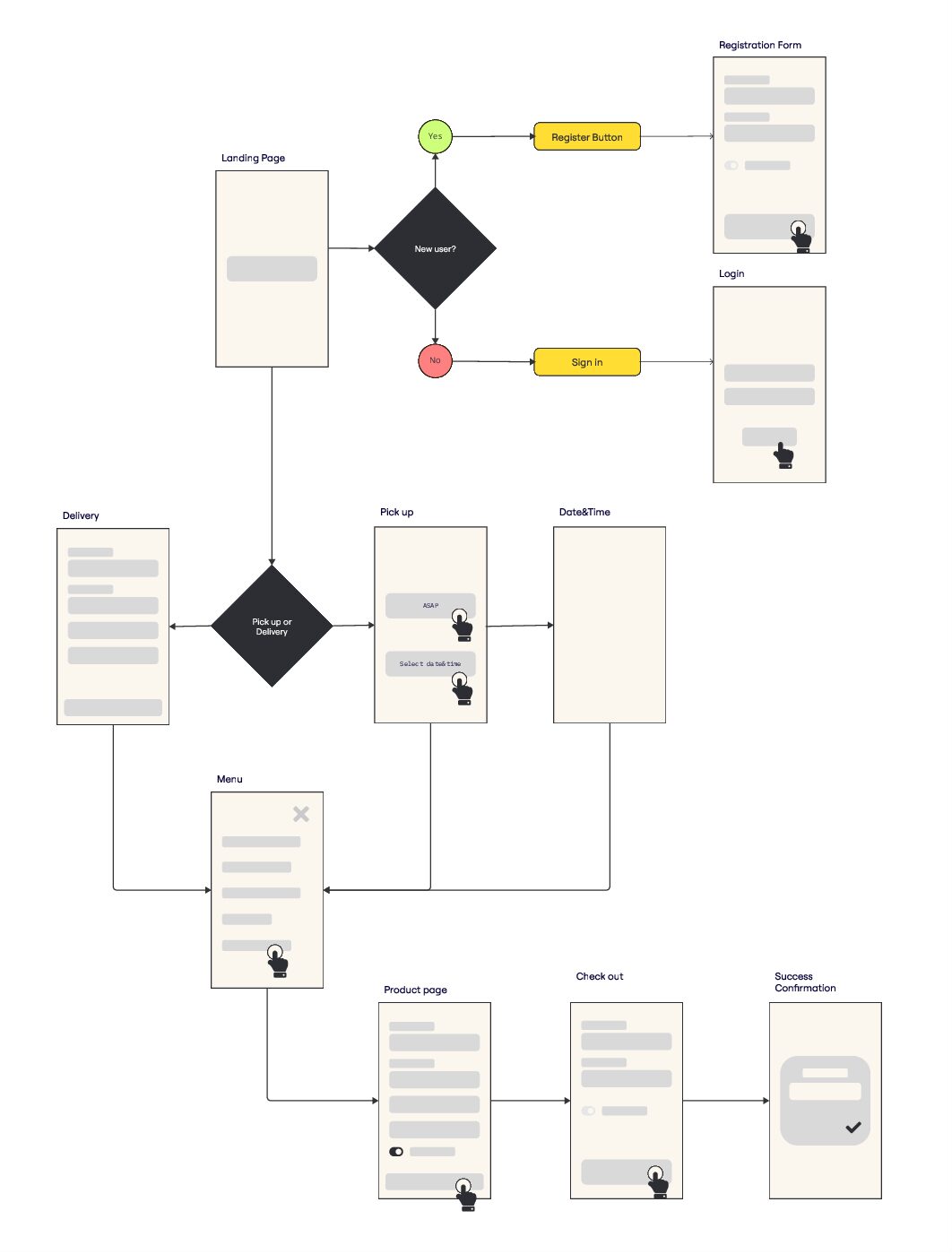
Paper wireframe
In the final phase of my ideation process, I translated my concepts into paper wireframes. The wireframes focused on key screens and interactions identified in the User Flow and Journey Map.
I began by sketching the main navigation screen, ensuring it was clean and intuitive, with quick access to the menu, cart, and account settings. The menu screen was designed to display Pizzeria Diavolo’s six standard pizzas prominently, with clear options for limited customization. The checkout process was streamlined to minimize the number of steps, with a focus on speed and simplicity.
The paper wireframes were then used to conduct initial usability tests with potential users. Feedback from these sessions revealed that users appreciated the straightforward design and ease of navigation.
By iterating on the paper wireframes, I refined the app’s layout and interactions, ensuring they met the needs of our target users. This low-fidelity approach allowed me to experiment with different ideas and make quick adjustments based on user feedback. The final wireframes served as a solid foundation for developing high-fidelity digital prototypes, moving us one step closer to creating a seamless and efficient ordering experience for Pizzeria Diavolo’s customers.


